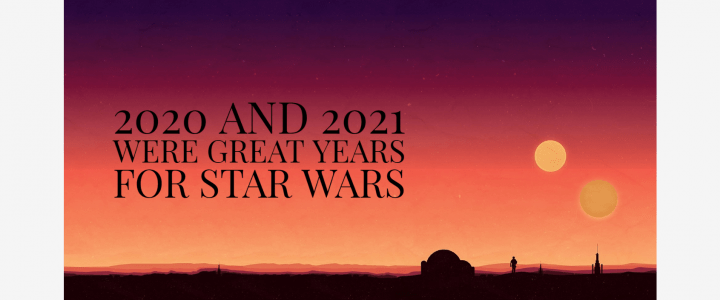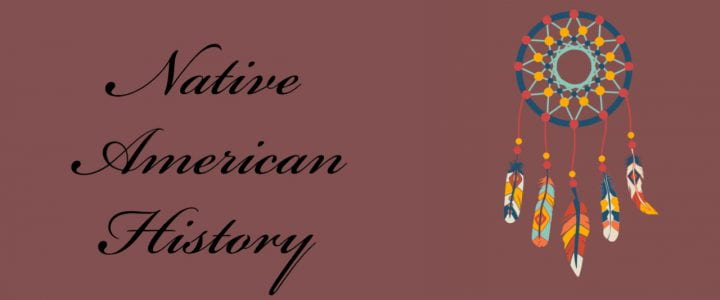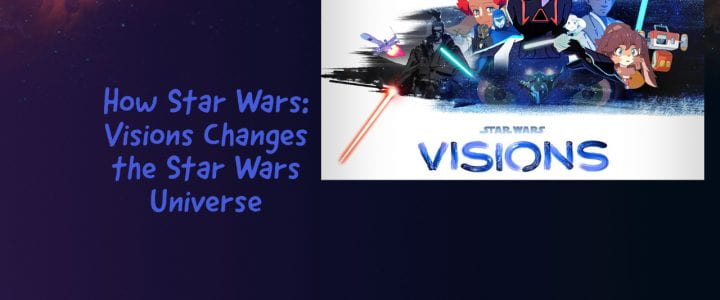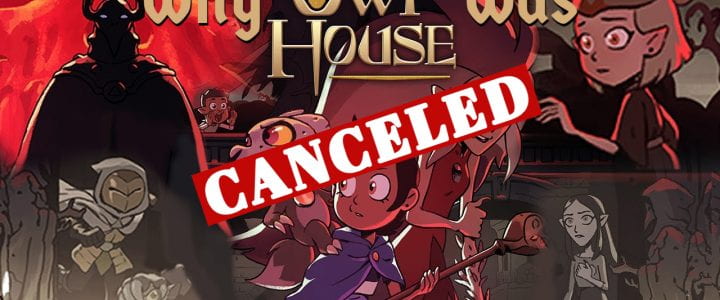2020 is said to be one of the worst years ever. Several incidents made people think 2020 was the worst year ever, and the worst one, a pandemic hit, and people were quarantined. However, with all that time to spend at home in that quarantine, came a lot of content for Star Wars fans. The years 2020 and 2021 have seen several releases for the Star Wars universe. There were many releases of novels, comics, movies, TV shows, and even some documentaries. Aside from content people could watch, the video game, Knights of the Old Republic, was recently released on Nintendo switch. In these past 2 years, a lot of Star Wars content has been released, but there is still a lot of scheduled content to come in what is left of this year, as well as 2022 and 2023.
Book Releases
Let’s start with the books that were published over these past 2 years. In 2020, There were a couple of novels were released. The first book to be released was Queen’s Peril, a young-adult novel. Queen’s Peril was released on June 2, 2020, and is a prequel to Queen’s Shadow, released in 2019. Queen’s Peril was written by E.K. Johnston and has a page count of 288. The events of this book take place when Padme at the age of 14 is elected to be the queen of her planet, Naboo. The story is mainly centered around her and her handmaidens.
The second book to be released in 2020 was Star Wars: Thrawn Ascendancy: Chaos Rising. Chaos Rising was released on September 1 of last year and is the first book of the Thrawn Ascendancy series. Chaos Rising was written by Timothy Zahn and has 336 pages. The book takes place during the Clone Wars and is about Thrawn’s mission as a commander in the Chiss Ascendancy to track down dangerous assailants.
This year, there were a few more canon Star Wars novels released. In 2021, Star Wars: Thrawn Ascendancy: Greater Good was released. Greater Good was published on April 27, 2021, and is the second book in the Thrawn Ascendancy trilogy. The author of Greater Good is Timothy Zahn, and the book contains 432 pages. Greater Good takes place after Chaos Rising and is about Thrawn and the rest of the Chiss Ascendancy dealing with the aftermath of the events that took place in Chaos Rising.
Star Wars Visions: Ronin was the second novel that was released in 2021. Ronin was released on October 12, 2021, shortly after the show it was based on Star Wars: Visions was released on September 22, 2021. First-time author Emma Mieko Candon wrote Ronin, with the book containing 352 total pages. The book takes place between the third and fourth Star Wars movies, specifically after the first Star Wars: Visions episode, The Duel. The story of Ronin is centered around the aftermath of The Duel, while the main characters struggle to find their place in the universe.
The third Star Wars novel of the year was published as Star Wars: Thrawn Ascendancy: Lesser Evil. Lesser Evil was just recently published on November 16, 2021. As with the rest of the Ascendancy trilogy, Lesser Evil was written by Timothy Zahn and has a total of 576 pages. Lesser Evil is the third and final book in the Thrawn Ascendancy series and is about Thrawn trying to prevent the 9 leading families of the Chiss Ascendancy from turning on each other and risking everything to do so.
Series Releases
There were also quite a few shows released over the last couple of years. The first Star Wars show that came out in 2020 was Star Wars: Resistance, an animated children’s show. Season 2 episodes 14-19 aired at the beginning of 2020 throughout January 5-26. Resistance has a rating of 5/10 on IMDb. This shows that Resistance is less popular among Star Wars fans as the show is mainly aimed at young children and doesn’t add much to the Star Wars universe.
The second show to air in 2020 was Star Wars: The Clone Wars, an animated PG show. The Clone Wars show originally started in 2008, however, in 2020, the show’s final season aired. The 7th season started airing on February 21, 2020, and the final episode of the season and show aired on May 4, 2020. Season 7 of The Clone Wars has a total of 12 episodes, making it the shortest season in the series. The Clone Wars is very popular among Star Wars fans having an 8.3/10 rating on IMDb. The Clone Wars takes place in between the second and third Star Wars movies during the clone war, and some of season 7 overlaps with the events of the third Star Wars movie, Revenge of the Sith.
The third and possibly most popular Star Wars show to air in 2020 was Star Wars: The Mandalorian, a live-action TV-14 series. The first season first aired in 2019, and the second season dropped on Disney+ in 2020. The first episode aired on October 30, 2020, and the season finale aired on December 18 of the same year. The Mandalorian is more popular than most Star Wars shows and is known more widely as it is live-action and therefore seen as more mature. The Mandalorian has an 8.8/10 rating on IMDb, just a little higher than The Clone Wars. The show takes place after the sixth Star Wars movie and after the fall of the empire.
In 2021, we saw fewer shows for Star Wars. The first Star Wars series that streamed in 2021 was Star Wars: The Bad Batch, an animated show for ages 8 and up. The first episode of The Bad Batch titled Aftermath aired on Disney+ on May 4, 2021, a day on which several Star Wars content has been released, seeing as May 4 is known as Star Wars day. The show went until August 14, 2021, when the season finale was released. The Bad Batch has an 8/10 rating on IMDb and is popular among the Star Wars fandom. The Bad Batch Takes place after Star Wars: The Clone Wars, and during order 66, an order that was issued to the entire clone army to execute all the Jedi.
The other Star Wars series that was released this year was Star Wars: Visions, the very first Star Wars anime. All of the Visions was released at once on September 22 earlier this year. Visions are slightly less popular than other Star Wars shows. This is likely because it is a collection of non-canon, stand-alone shorts. Vision’s rating on IMDb is 7.1/10, and the show has many different shorts that take place during different times in Star Wars history.
To Be Released
Although 2020 and 2021 were some of the worst years for the world in a very long time, the 2 years were some of the best years Star Wars has had in a while. There were several books, movies, and series released amid everything that gave people entertainment while they were at home. Even though these past couple of years have been great, the next to come will see some more amazing content. The Book of Boba Fett is set to release on December 29, 2021, on Disney+. The final book of the Queen trilogy that was previously mentioned, titled Queen’s Hope is releasing sometime next year. There are also several shows and following seasons of other shows that will be released in 2022 and 2023. These include The Mandalorian season 3, Andor, Acolyte, Rogue Squadron, Bad Batch season 2, Ahsoka, and the long-awaited Kenobi show. There is also some less well-known content that will come out, such as, the animated movie A Droid Story and the book Padawan that will drop on July 26, 2022. 2020 and 2021 were chaotic years, but at least while we were at home trying to stay safe, Star Wars provided escape and distraction through their amazing content.




